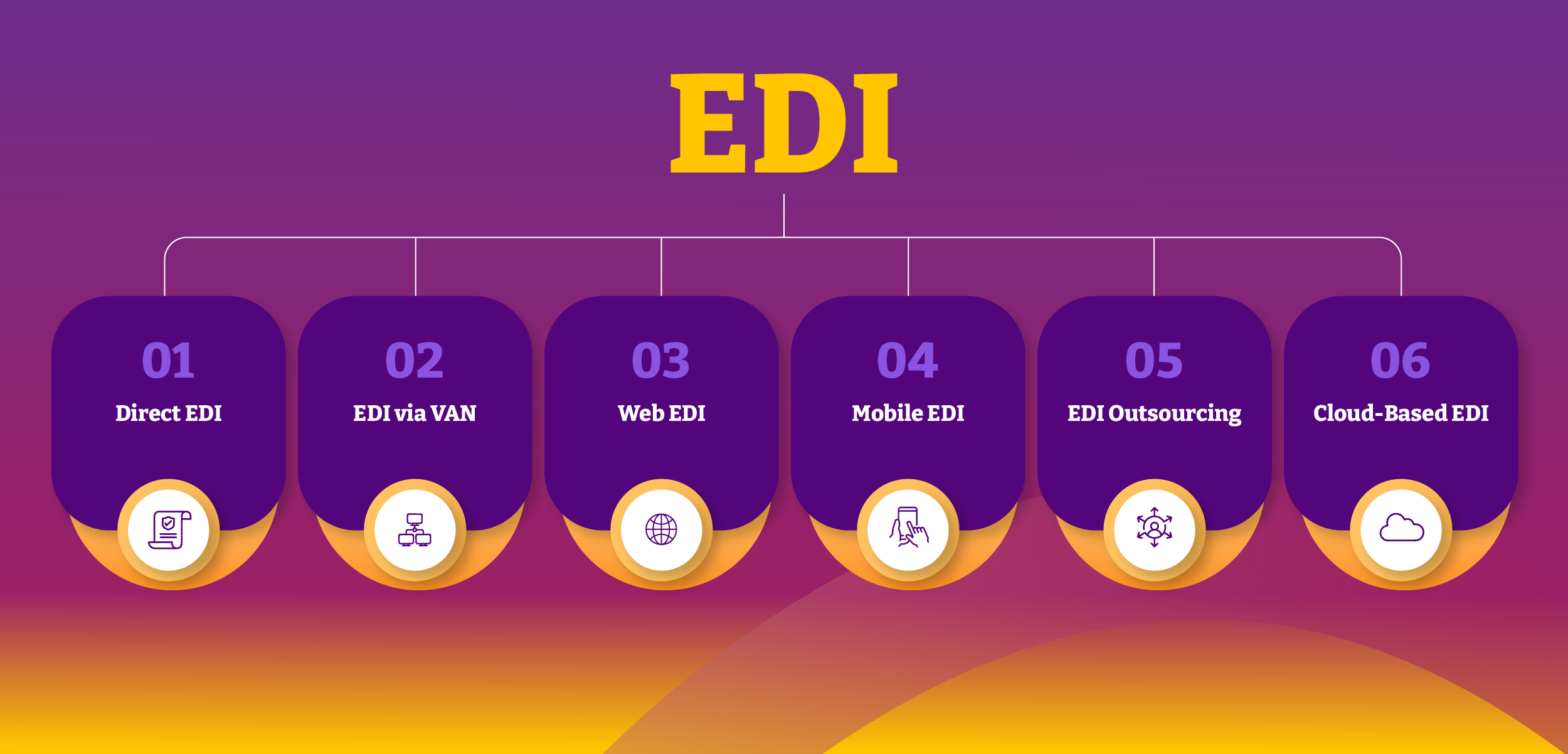How EDI Applications Improve Efficiency in Healthcare Operations
Electronic Data Interchange (EDI) has been quietly transforming the way industries operate for decades. In healthcare, where operational complexity meets urgent need, EDI applications offer a streamlined, accurate, and scalable way to handle data. From reducing claim denials to improving supply chain communication, EDI supports a smarter, more agile healthcare system.
What Is Electronic Data Interchange (EDI)?
Electronic Data Interchange (EDI) is the computer-to-computer exchange of business documents in a standardized electronic format. Rather than relying on paper, fax, or emailed spreadsheet, EDI enables organizations to automate transactions such as claims, invoices, purchase orders, and eligibility verifications.
In the healthcare sector, EDI plays a pivotal role in ensuring that critical data—like insurance claims or patient information—moves swiftly and securely between providers, payers, pharmacies, and suppliers. It also allows providers to receive payment for services via EFT versus a paper check. EDI eliminates manual entry errors, enhances data accuracy, and ensures regulatory compliance—all while reducing operational costs.
Types of EDI
EDI can be implemented in several ways depending on business needs, partner capabilities, and IT infrastructure. The major types include:
- Direct EDI (Point-to-Point): A direct connection between two organizations. This is often used by large entities that exchange high volumes of documents.
- EDI via VAN (Value-Added Network): A third-party network that manages EDI communication, offering security and reliability without requiring direct connections.
- Web EDI: A cloud-based platform that allows smaller businesses to use EDI through a web browser, ideal for companies without advanced IT resources.
- Mobile EDI: Supports document exchanges through mobile apps, providing flexibility for remote or on-the-go workflows.
- EDI Outsourcing: A fully managed service where a third party handles the EDI processes on behalf of a business.
- Cloud-based EDI: Offers a scalable and cost-effective solution, especially for companies integrating with multiple trading partners..

Each type offers varying degrees of control, cost, and scalability, allowing organizations to choose what fits their operations best.
Top 10 Applications of EDI in Business
EDI isn’t limited to one function—it touches almost every area of modern healthcare and business operations. Here are ten key EDI applications in business, with direct relevance to the healthcare industry:
| No. | EDI Application | Description | Operational Benefit |
|---|---|---|---|
| 1 | Claims Processing | Automates submission and adjudication for cleaner claims and faster payments. | ↓ Denials ↑ Reimbursement speed |
| 2 | Eligibility Verification | Real-time insurance checks reduce back-and-forth with payers. | ↓ Verification time ↑ Patient experience |
| 3 | Electronic Invoicing | Instantly generates and delivers invoices to accelerate billing. | ↓ Billing delays ↑ Revenue predictability |
| 4 | Purchase Orders & Acknowledgements | Ensures fast, accurate ordering between providers and suppliers. | ↓ Supply chain friction ↑ Fulfillment accuracy |
| 5 | Payment Remittance Advice | Digitally delivers remittance info to simplify financial tracking. | ↓ Manual reconciliation ↑ Payment visibility |
| 6 | ADT (Admission, Discharge, Transfer) | Syncs patient data across departments in real time. | ↓ Record errors ↑ Continuity of care |
| 7 | Lab Results & Diagnostic Reporting | Delivers timely results across systems to speed up care. | ↓ Turnaround time ↑ Clinical decision-making |
| 8 | Inventory Management | Tracks and automates restocking to avoid shortages. | ↓ Stockouts / waste ↑ Supply readiness |
| 9 | Regulatory Reporting | Submits necessary documentation automatically to meet standards. | ↓ Compliance risk ↑ Audit readiness |
| 10 | Provider Credentialing | Streamlines credential verification for faster network enrollment. | ↓ Onboarding time ↑ Network completeness |
These applications improve communication, reduce redundancy, and ensure that each stakeholder—from the provider to the insurer—operates from a single source of truth.
How EDI Improves Operational Efficiency in Healthcare
The true strength of EDI in healthcare lies in its ability to simplify complexity. Healthcare operations are notoriously fragmented, and each manual task introduces friction. EDI helps streamline workflows by:
- Reducing Manual Workload
Automated data entry and document transfers save hours of administrative time per week and reduce human error. - Improving Data Accuracy
Standardized formats reduce mismatches, typos, and miscommunication between systems. - Accelerating Payment Cycles
Claims submitted electronically are processed faster, reducing days in accounts receivable and improving cash flow. - Boosting Interoperability
Even when systems vary, EDI allows secure and consistent communication between providers, labs, pharmacies, and insurers. - Ensuring Compliance
EDI facilitates HIPAA-compliant data sharing and simplifies regulatory reporting, reducing the risk of penalties.
For payer operations teams managing high-volume credentialing and claims processing, these efficiencies translate directly into lower administrative costs and faster reimbursement cycles. Madaket’s platform applies these EDI principles through purpose-built solutions that meet the complex needs of today’s payer-provider ecosystem.
In a field where efficiency isn’t a luxury—it’s a lifeline—EDI applications make it possible for healthcare organizations to scale with less strain and more precision. For more on how EDI supports these improvements, explore our EDI Enrollment and Payer Enrollment services.
Looking to automate EDI tasks and reduce costs? Request a demo to see how Madaket can help.
© 2024 Madaket Health | Privacy Policy | Terms & Conditions
